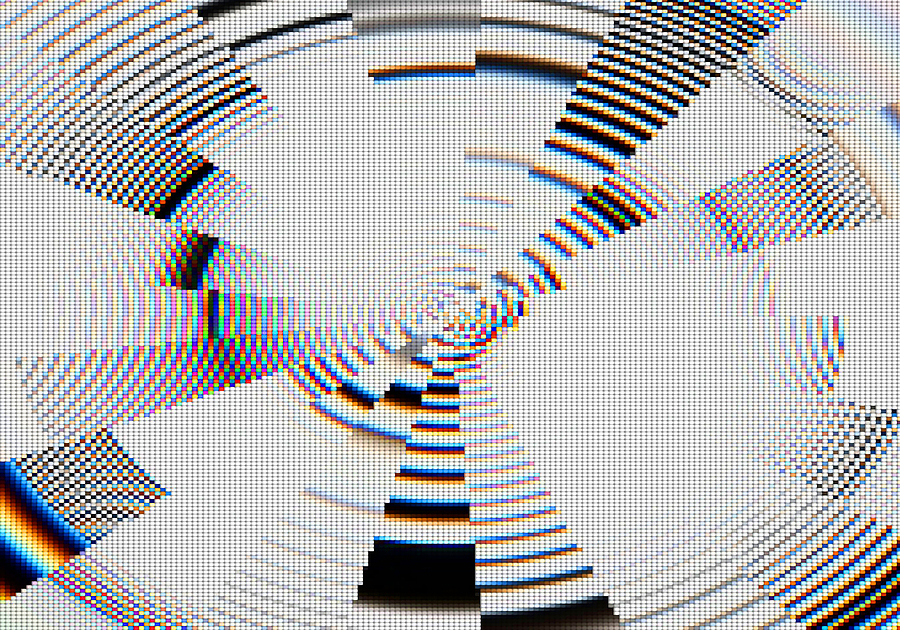Video screens, displays and video walls are exceptionally flexible, to the point that curved screens and even 360 video walls are regularly used as media facades for buildings and as part of events and sports arenas.
However, one type of video screen that is surprisingly rare is the round oval or circular display, which whilst not entirely impossible to find, is much more difficult to procure than a square or rectangular display.
Early television displays and kinescopes were round, rather than square or rectangular, so there is a precedent for round displays, and circular displays in particular have a lot of appeal for their potential to be used in artistic display projects and digital clocks.
In the late 2000s, there was a mini-renaissance of rounded LCD screens spearheaded by Japanese and South Korean manufacturers. Toshiba was the first, showcasing a 240×240 pixel prototype in October 2007, but it would not take long for LG, Samsung and other companies to follow suit.
The idea was that a rounded screen could be used in place of a mechanical speedometer or instrument panel in a car, but Samsung would take a far more tentative approach, adding a round screen as a novelty to the back of their flip mobile phones.
It certainly worked, but there was a single major issue that made it difficult for the devices to take off with either the general public or manufacturers.
This issue is at the most foundational level. Pixels, the smallest part of a raster display, are small squares or rectangles that each display a single colour and build up a larger image.
This means that it is impossible to have a perfect circle made up of pixels, so what rounded displays typically need to do is mask the edges.
Not only does this make it difficult without a guide to see where you can put graphical elements and ensure they are seen, but also makes a round screen redundant.
If you are going to put a mask around the display anyway, an engineer could simply use a square screen and set up an attractive bezel to give the appearance of a circle but without the additional research and development costs.

